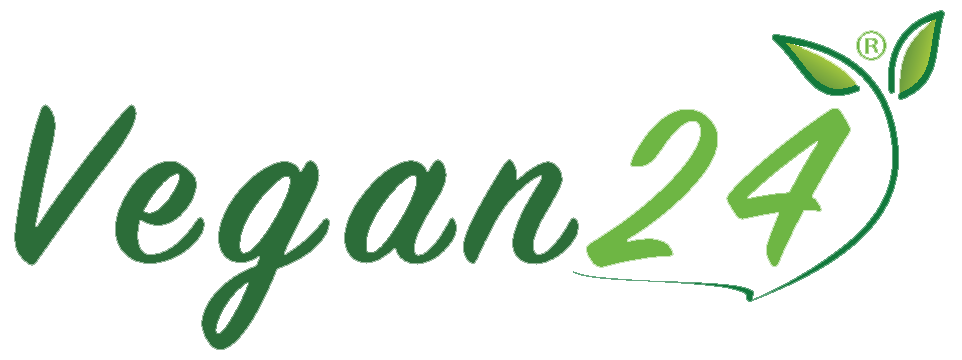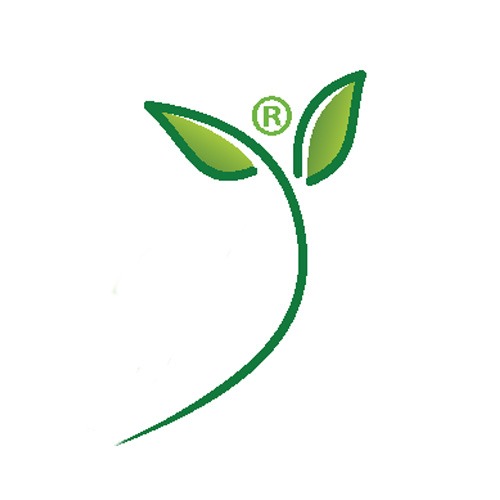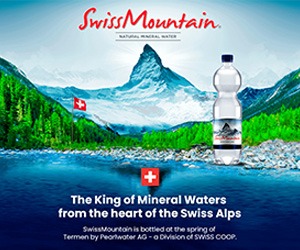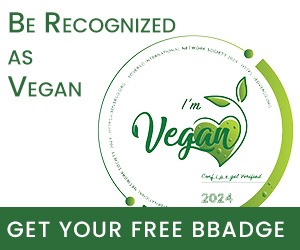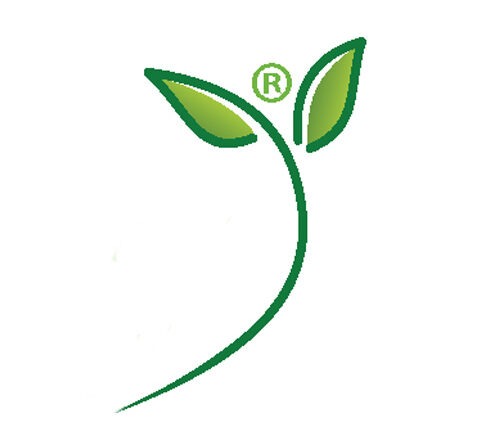In the world of sustainable fashion and eco-friendly materials, mycelium leather stands out as a groundbreaking innovation. A recent report by IDTechEx delves into the burgeoning industry of mycelium leather, spotlighting its potential to revolutionize the leather market while acknowledging the technological hurdles that must be surmounted for it to thrive.
A Glimpse into Mycelium Leather
Mycelium, the root structure of mushrooms, has emerged as a formidable contender in the sustainable materials sector. This biodegradable alternative to traditional leather promises a future where fashion does not come at the expense of our planet’s health. Unlike the production of animal leather, which involves significant environmental and ethical concerns, or plastic-based faux leathers, mycelium leather offers a truly sustainable option. It’s not just about reducing harm; it’s about creating a product that benefits the environment.
The Resource Efficiency of Mycelium Cultivation
One of the standout attributes of mycelium leather is its resource efficiency. Vertical cultivation techniques allow for mycelium to be grown in much smaller spaces compared to traditional agriculture, with significantly lower water usage and a minimal environmental footprint. This approach enables continuous production throughout the year, without the need for vast tracts of land or the extensive use of water and fertilizers.
However, the industry faces challenges such as maintaining sterile culture conditions and managing the intricacies of environmental control. The selection of optimal fungal strains for quality and growth rate is crucial for the successful production of mycelium leather.
Navigating Technological and Scaling Challenges
While mycelium leather is resource-efficient and eco-friendly, scaling production remains a significant challenge. Current techniques for cultivating mycelium are not yet on par with the scale required to meet global demand, and costs remain high compared to traditional leather and other plant-based alternatives. However, as the industry advances and production processes improve, there is potential for cost reductions that could make mycelium leather a competitive and sustainable option in the market.
The Future of Mycelium Leather
Despite the hurdles, the future looks promising for mycelium leather. Its unique properties, coupled with growing consumer demand for sustainable and cruelty-free products, position it as a leading material in the push towards a more sustainable fashion industry. As technological advancements continue and the industry overcomes scaling challenges, mycelium leather could very well become the standard for eco-conscious fashion and design.
In conclusion, while there are obstacles to overcome, the potential of mycelium leather to transform the leather market and contribute to a more sustainable and ethical fashion industry is undeniable. With its environmental benefits and the industry’s ongoing efforts to address production challenges, mycelium leather stands as a beacon of innovation in the quest for sustainable materials.
